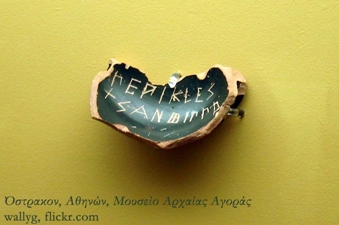La stratégie communicative de Nicolas Sarkozy
DOI:
https://doi.org/10.13130/2035-7680/559Parole chiave:
communication politique, médias, campagne électorale, personnalisation, Nicolas Sarkozy, séductionAbstract
This essay analyses the communicational strategy followed by French President Nicolas Sarkozy, before, during and after his rise to power. Starting from the studies on political communication carried out by the sociologists Dominique Wolton and Jacques Gerstlé, this paper traces the innovative stylistic elements of Sakozy's political language, highlighting the reasons of his election success and the causes of his fluctuating popularity afterwards. Moreover, the French President's finely structured media strategy is investigated, focusing in particular on the personalization tendency and the building of a powerful public image. Furthermore, this essay examines the main symbols and communicational themes utilized by the French President, with the aim of exploring and evaluating their influence on the electorate and on the public opinion.Metriche
Caricamento metriche ...
Dowloads
Pubblicato
2010-04-01
Come citare
Pigliapochi, Susanna. 2010. «La stratégie Communicative De Nicolas Sarkozy». Altre Modernità, n. 3 (aprile):120-32. https://doi.org/10.13130/2035-7680/559.
Fascicolo
Sezione
Saggi Ensayos Essais Essays




